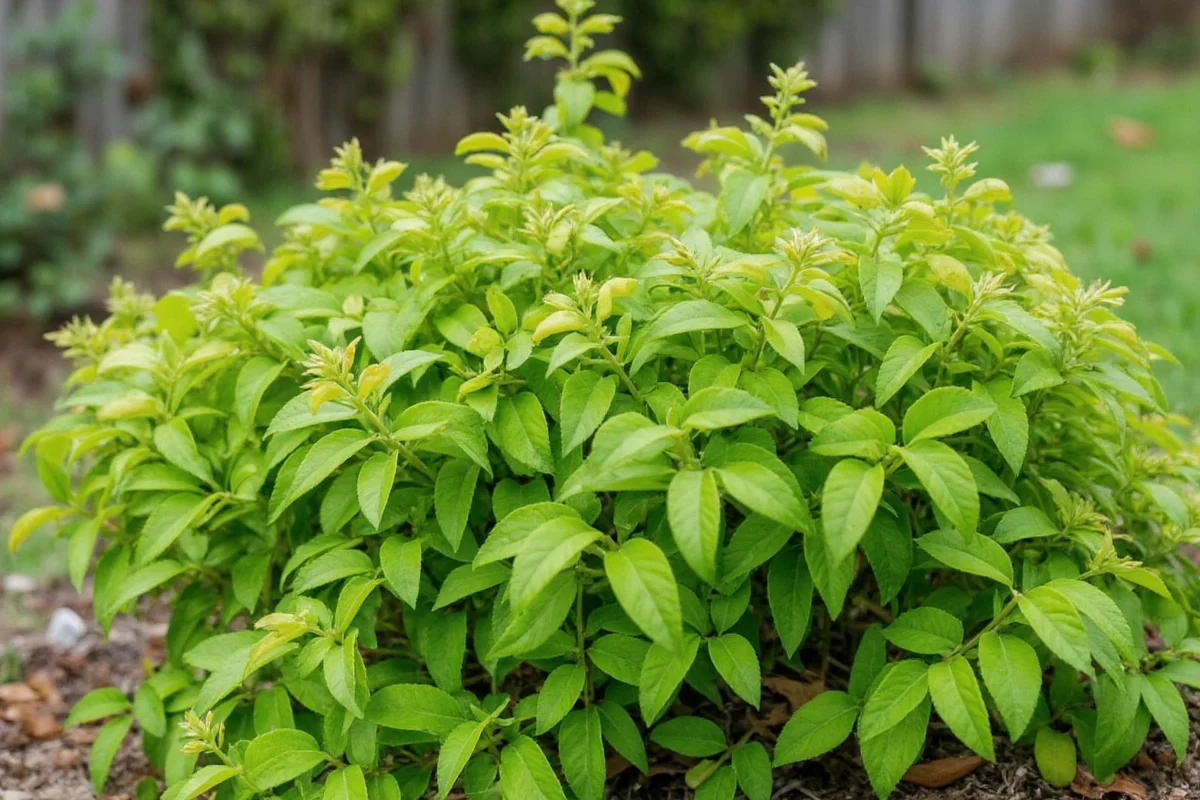The Adenium Obesum, commonly referred to as the Desert Rose, is a stunning succulent that captures the imagination of gardeners and plant enthusiasts worldwide. Its striking appearance, intriguing growth habits, and relatively easy care requirements make it an attractive choice for both beginners and experienced gardeners. This article explores the unique characteristics, ideal growing conditions, care tips, and common challenges associated with the Desert Rose, offering valuable insights into this fascinating plant.
Unique Characteristics of Adenium Obesum
The Adenium Obesum is renowned for its unusual and striking appearance. It features a thick, bulbous trunk, often resembling a miniature tree or bonsai. This trunk serves as a reservoir, helping the plant survive in arid conditions by storing water.
- Tubular, vibrant flowers in shades of pink, red, and white.
- Thick, waxy leaves that minimize water loss.
- Ability to grow in both indoor and outdoor environments.
Additionally, the Desert Rose is frequently cultivated as a bonsai or in container gardens, allowing for fascinating artistic pruning options. Its capacity for flowering several times a year adds to its charm, making it a delightful addition to any plant collection.
Ideal Growing Conditions for Desert Roses
The Desert Rose thrives in environments that closely mimic its natural habitat in the arid and semi-arid regions of Africa and the Middle East. Understanding its preferred conditions is crucial to fostering healthy growth and prolific flowering.
- Warm temperatures ranging between 70°F to 90°F (21°C to 32°C).
- Plenty of sunlight, with at least 6 hours of direct sun each day.
- Well-draining soil, ideally a cactus or succulent mix.
Providing the right growing conditions will not only ensure vibrant blooms but also help maintain the health of the plant, reducing the risk of common diseases and pests.
Caring for Your Desert Rose
Adenium Obesum care is relatively simple, provided the plant receives the basic necessities to thrive. This includes proper watering, feeding, and occasional pruning to encourage healthy growth.
- Watering: Allow the soil to dry out completely between waterings to prevent root rot.
- Fertilization: Use a balanced, slow-release fertilizer during the growing season.
- Pruning: Trim back leggy growth to maintain shape and encourage branching.
Regular monitoring and maintenance are key to a healthy Desert Rose. Techniques such as grafting can also be employed to create interesting floral combinations.
Common Challenges and Solutions
While the Desert Rose is generally a resilient plant, it can be susceptible to specific challenges, particularly in non-native growing conditions. Recognizing and addressing these issues early can lead to successful cultivation.
- Pests: Watch for aphids and spider mites; treat with insecticidal soap if necessary.
- Diseases: Root rot, often due to overwatering, requires trimming affected roots and repotting in dry soil.
- Temperature Sensitivity: Protect from frost and cold temperatures by moving indoors during winter months.
By being aware of these potential problems, gardeners can take proactive steps to ensure their Desert Rose remains healthy and vibrant.
Uses and Benefits of Desert Roses
The Desert Rose is not only admired for its beauty but also appreciated for its versatility in garden design and its low-maintenance nature.
- Ideal for xeriscaping due to its drought-tolerance.
- Perfect for container planting, offering versatility in placement and design.
- Bonsai cultivation, allowing for creative expression and artistic displays.
Whether as a standalone specimen or part of a larger succulent collection, the Desert Rose adds character and interest to indoor and outdoor environments alike.
In conclusion, the Adenium Obesum offers a unique blend of beauty and resilience, making it a favored choice among gardeners. By understanding its specific needs and potential challenges, anyone can enjoy the vibrant blooms and distinctive appearance of the Desert Rose, bringing a touch of the exotic into their home or garden.











 浙公网安备
33010002000092号
浙公网安备
33010002000092号 浙B2-20120091-4
浙B2-20120091-4